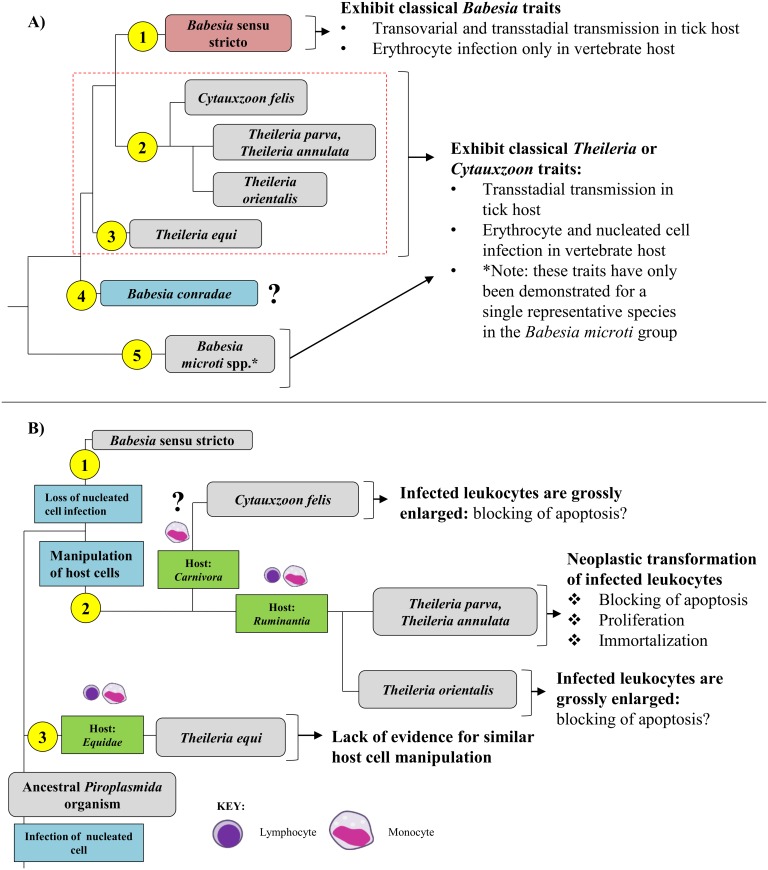Fig 6. Biology of Piroplasmida organisms is consistent with phylogeny inferred from analysis of concatenated mitochondrial and 18S sequences.
Groups are indicated by yellow circles to the left of respective clades. A) Organisms in Group 1 (Babesia sensu stricto; red) do not infect leukocytes and can be transmitted transovarially in the tick host, two traits unique to the group. Organisms in Groups 2, 3, and 5 (gray) are thought to be limited to transstadial transmission in the tick host and infect nucleated cells prior to erythrocytes. Notably, details regarding tick hosts, transmission in the tick, and infection of nucleated cells for Group 4 (blue) remains unknown, and infection of nucleated host cells has only been demonstrated for a single species in Group 5 (24). Characteristics of species in Groups 2 and 3 (outlined with dashed red line) are further summarized in B. B) While many organisms in Group 2 and 3 have been demonstrated to infect leukocytes, the specific leukocyte infected isn’t clade-specific and hasn’t even been confirmed for some species (e.g., Cytauxzoon felis). Additionally, the shared biological features of organisms in Group 2 support their distinction from the organism in Group 3, T. equi. T. equi exclusively infects equine hosts, and disease is caused by parasite infection of erythrocytes rather than the brief schizogonous phase in leukocytes. However, there is evidence indicating that organisms in Group 2 have evolved more complex methods of host leukocyte manipulation. Species within Group 2 that diverged earliest (Cytauxzoon felis) exclusively infect carnivores and have grossly enlarged schizont-infected cells, which suggests a blocking of host cell apoptosis. The remaining Theileria species in Group 2 exclusively infect ruminants. Organisms in the next clade to diverge in Group 2, including Theileria orientalis, also have grossly enlarged schizont-infected cells. This group is commonly known as the “non-transforming” Theileria species. This is in contrast to the “transforming” Theileria species (T. annulata and parva), which reversibly transform infected host leukocytes into a proliferative neoplastic state to support the replicating parasite. Branches not drawn to scale.

